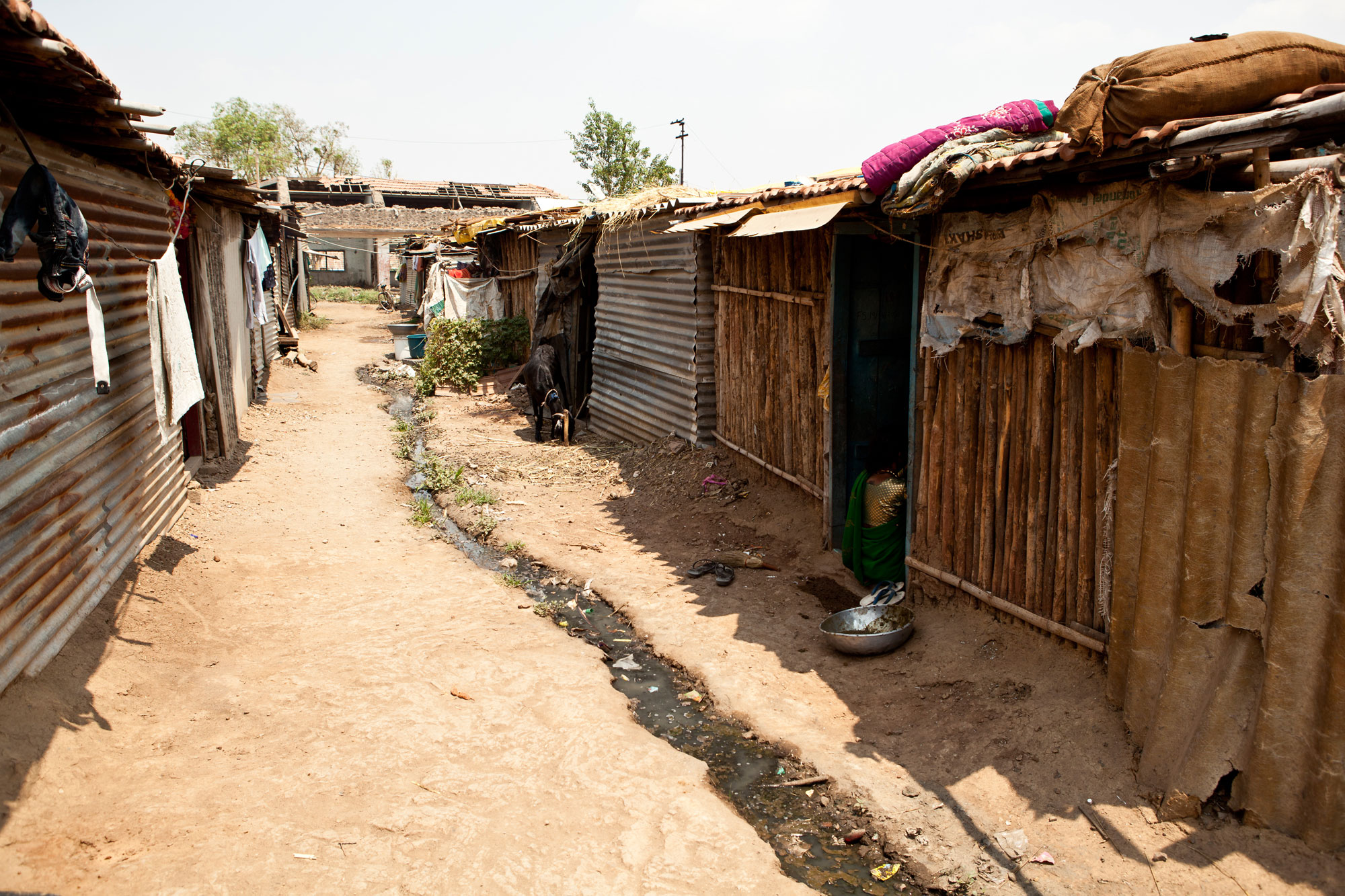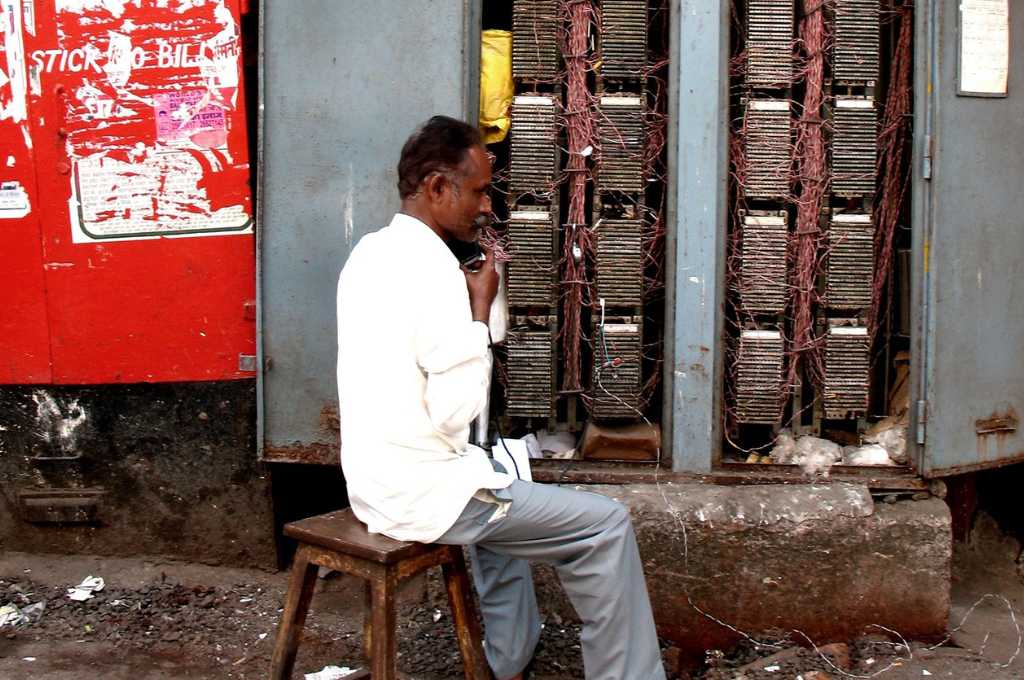It has long been assumed that the poor live in unhygienic conditions, do not have access to proper healthcare and are therefore prone to diseases. A recent article in Scientific American by Robert M. Sapolsky, professor of biological sciences, neurology and neurological sciences, Stanford University, provides an interesting new perspective as to why the poor in the world suffer from ill-health.
According to Sapolsky, ill-heath goes beyond lack of access to healthcare and living in disease-prone neighbourhoods. Higher average income levels in countries do not guarantee better heath. If access to healthcare was truly responsible for the improvement in health parameters, then the countries that have high per capita spends on healthcare should have lower incidence of heath issues. But that is not the case.
The latest studies show that socioeconomic inequality is the major determinant of ill-heath among the poor. University of California psychologist Nancy Adler’s research has shown that ill-health is not so much about being poor as much as about feeling poor. So far, the major concern among policymakers has been the absolute level of poverty in a country. Recent studies like Adler’s are now drawing policymakers’ attention to the fact that relative levels of poverty in a country are caused by wide difference between the income of various segments of the society.
Epidemiologists Richard Wilkinson and Kate Pickett’s book The Spirit Level has demonstrated that as income disparities widen in a society or a country, health and social problems also grow. According to their studies, health and social problems like depression, schizophrenia, drug addiction, obesity etc. are 2-10 times more common in more unequal countries as compared to countries with less income inequality.

Health and social problems are more common in more in countries with higher income inequality | Photo courtesy: Charlotte Anderson
With the richest 1% of the population in the US owning more than 24% of country’s wealth, the US is one of the countries with the highest levels of income inequality in the world. This explains why the US, which has one of the largest per capita health expenditures in the world, also has one of the lowest life expectancies among comparable countries. Countries like Norway, Sweden, Denmark and Finland, where levels of inequality are among the lowest in the world, have far fewer health problems.
The latest studies in cognitive neuroscience show that social relationships, insecurities about social states and how others see us have powerful effects on one’s stress, cognitive performance, and emotions.
Inequality of any kind, more so when it involves money, magnifies the impression that some people are worth more than others. It generates feelings of superiority and dominance among the rich and feelings of inferiority and subordination among the poor. It makes the poor feel anxious about how they are seen and judged. This in turn has a direct impact on various health parameters. That is why, Harvard University professor Ichiro Kawachi, one of the leading researchers in this field, described inequality as a social pollutant.
When a person is in a socially stressful situation, his brain secretes stress hormones (such as cortisol) that affect various parts of his brain. Among the effects of inequality-induced stress on the human body, one of the most concerning is its impact on the prefrontal cortex (PFC), the part of the human brain that is involved in long-term planning, or more specifically, impulse control. Stress hormones affect the connections and the speed of the signals sent between the neurons in the PFC. As the PFC turns sluggish, it causes the brain to make what appear to be impulsive decisions.
Temporal discounting is a tendency of the human brain to forgo benefits in the future in favour of benefits in the present. Due to this tendency, our brain is inclined to forgo higher rewards in the future in favour of lower rewards in the present. Under normal circumstances, it is the PFC that steers the brain away from this short-sightedness. But when stress hormones adversely impact the functioning of the PFC, it is hard for the human brain to choose long-term benefits over short-term pleasure. This explains why people who are under social stress tend to have higher levels of addictions.
A 2013 study by Jiaying Zhao of the University of British Columbia found a similar effect with Indian farmers. The study observed that farmers were able to perform much better on standard cognitive tests after their harvest than when they were coping with higher debt loads and strained budgets before harvest.
Similar results were obtained in experiments where people’s sense of their socioeconomic status was lowered by design. Post the lowering of their socioeconomic statuses, the individuals showed a stronger tendency to indulge in temporal discounting.
These observations present a tricky chicken and egg situation to the policymakers. The changes in the brain brought about as a result of income inequality could lead to poor choices, which in turn lead to deeper poverty rather than the other way round.
It also opens up new areas for research. It will be interesting to study the impact of land reforms in Kerala, which no doubt reduced the inequality levels in Kerala, and improved the heath parameters of its population.
As inequality continues to increase across the world, the biological damage it causes should be a wake-up call for all policymakers. As more and more people populate the lower rungs of a society, the ‘health-wealth gap’ is bound to increase.
This article was originally published on Livemint. You can view it here.





